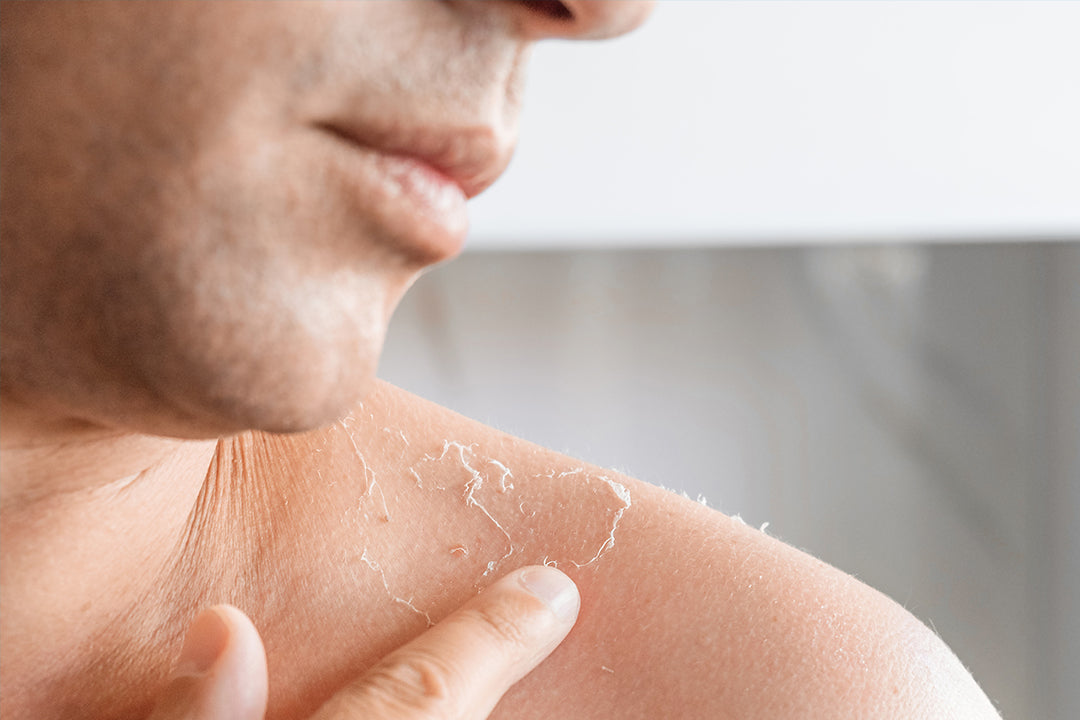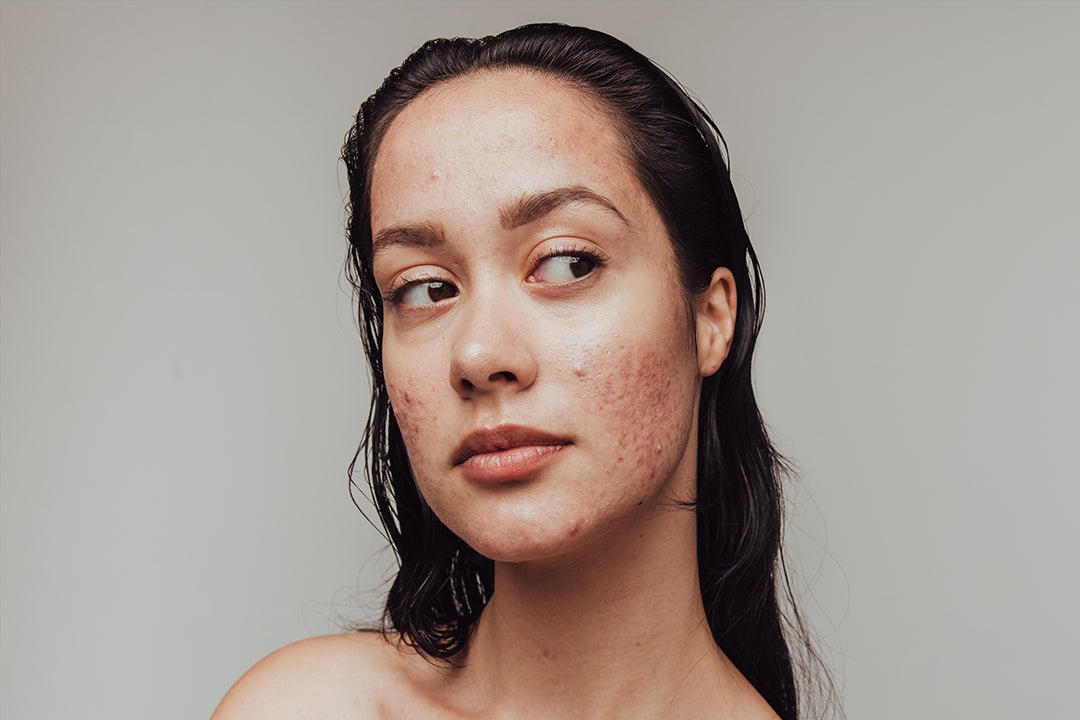Are you tired of trying skincare products that promise miracles but fail to deliver? If so, you're not alone. Many people struggle to find the right skincare routine that addresses their specific concerns without causing irritation or discomfort. That's where glycolic acid comes in. This powerful ingredient has gained popularity for its ability to improve skin texture, reduce signs of aging, and address various skin concerns. But who is glycolic acid good for? Let's dive in and explore the benefits and uses of glycolic acid.
What is Glycolic Acid?
Glycolic acid is a type of alpha hydroxy acid (AHA) derived from sugar cane. It has the smallest molecular size among AHAs, which allows it to penetrate the skin more effectively. This ingredient works by exfoliating the outermost layer of the skin, revealing a smoother, brighter complexion underneath.
Benefits of Glycolic Acid
Glycolic acid offers a range of benefits for different skin types and concerns. Here are some of the key benefits:
- Exfoliation: Glycolic acid gently removes dead skin cells, unclogs pores, and promotes skin cell turnover. This leads to a more radiant and youthful complexion.
- Anti-Aging: Glycolic acid stimulates collagen production, which helps to reduce the appearance of fine lines, wrinkles, and age spots. It also improves skin elasticity, making it look firmer and more supple.
- Hydration: Unlike some exfoliating ingredients, glycolic acid also has hydrating properties. It helps to attract and retain moisture in the skin, making it an excellent choice for dry or dehydrated skin.
- Acne Treatment: Glycolic acid can be beneficial for those struggling with acne-prone skin. It helps to unclog pores, reduce excess oil production, and fade acne scars.
- Hyperpigmentation: If you have dark spots or uneven skin tone, glycolic acid can help. It inhibits melanin production, which can lead to a more even complexion over time.
Who is Glycolic Acid Good For?
Glycolic acid is suitable for a wide range of skin types and concerns. Here's who can benefit the most from this powerful ingredient:
- Dull, Rough Skin: If you struggle with a lackluster complexion, glycolic acid can help you achieve a smoother and more radiant skin texture.
- Signs of Aging: Fine lines, wrinkles, and age spots are common signs of aging that can be targeted with glycolic acid. It promotes collagen production and reduces the appearance of these signs.
- Acne-Prone Skin: Glycolic acid is effective in treating and preventing acne breakouts. It exfoliates the skin, unclogs pores, and reduces inflammation.
- Hyperpigmentation: Whether you're dealing with sunspots, melasma, or post-inflammatory hyperpigmentation, glycolic acid can help fade these dark patches and even out your skin tone.
- Dry or Dehydrated Skin: Unlike some exfoliants that can strip the skin of moisture, glycolic acid has hydrating properties. It helps to attract and retain moisture, making it suitable for dry or dehydrated skin.
How to Use Glycolic Acid
Now that you know who can benefit from glycolic acid, let's talk about how to incorporate it into your skincare routine:
- Start Slow: If you're new to glycolic acid, it's important to introduce it gradually. Begin with a lower concentration product and use it once or twice a week. As your skin adjusts, you can increase the frequency and concentration.
- Cleanse: Look for a gentle cleanser that contains glycolic acid. This allows the ingredient to work its magic while cleansing your skin.
- Treat: Serums and toners with glycolic acid are excellent for targeted treatment. Apply them after cleansing and before moisturizing.
- Moisturize: Follow up with a hydrating moisturizer to lock in moisture and keep your skin barrier healthy.
- Sun Protection: Glycolic acid can make your skin more sensitive to the sun. Always wear sunscreen with at least SPF 30 when using glycolic acid products.
Frequently Asked Questions
Here are some commonly asked questions about glycolic acid:
- Is glycolic acid suitable for sensitive skin? While glycolic acid can be suitable for sensitive skin, it's essential to start with a lower concentration and gradually build up tolerance. Patch testing is recommended.
- Can glycolic acid be used with other skincare ingredients? Yes, glycolic acid can be combined with other skincare ingredients like retinol and vitamin C. However, it's essential to introduce them slowly and monitor how your skin reacts.
- How long does it take to see results with glycolic acid? Results can vary depending on your skin type and the specific concern you're targeting. However, most people start to see improvements in skin texture and tone within a few weeks of consistent use.
- Can glycolic acid be used on the body? Yes, glycolic acid can be used on the body to address concerns like keratosis pilaris or rough skin on elbows and knees. Look for body lotions or creams that contain glycolic acid.
The Bottom Line
Glycolic acid is a versatile skincare ingredient that offers numerous benefits for various skin concerns. Whether you're looking to improve skin texture, reduce signs of aging, or address acne-prone skin, glycolic acid can be a valuable addition to your skincare routine. Remember to start slow, listen to your skin, and always protect it from the sun. With consistent use and the right products, you can achieve the healthy, glowing complexion you've always desired. Love, Team QRX









